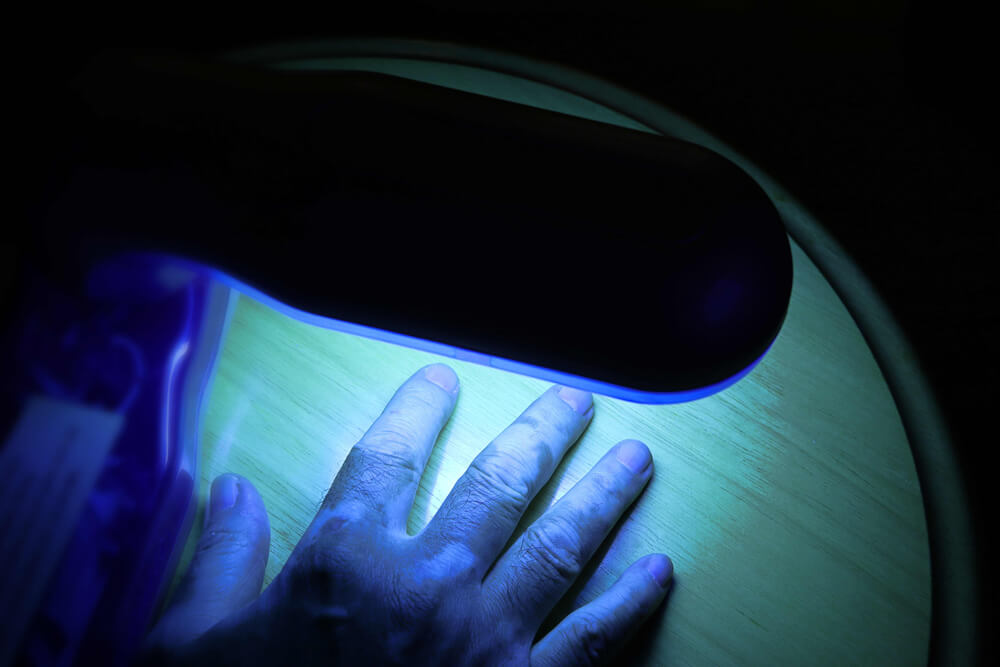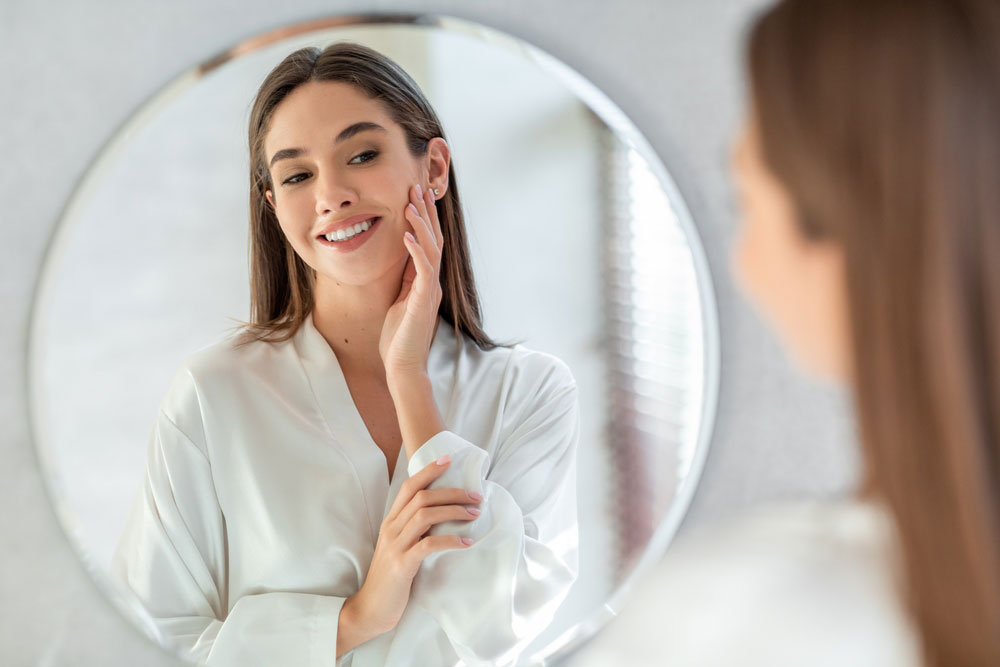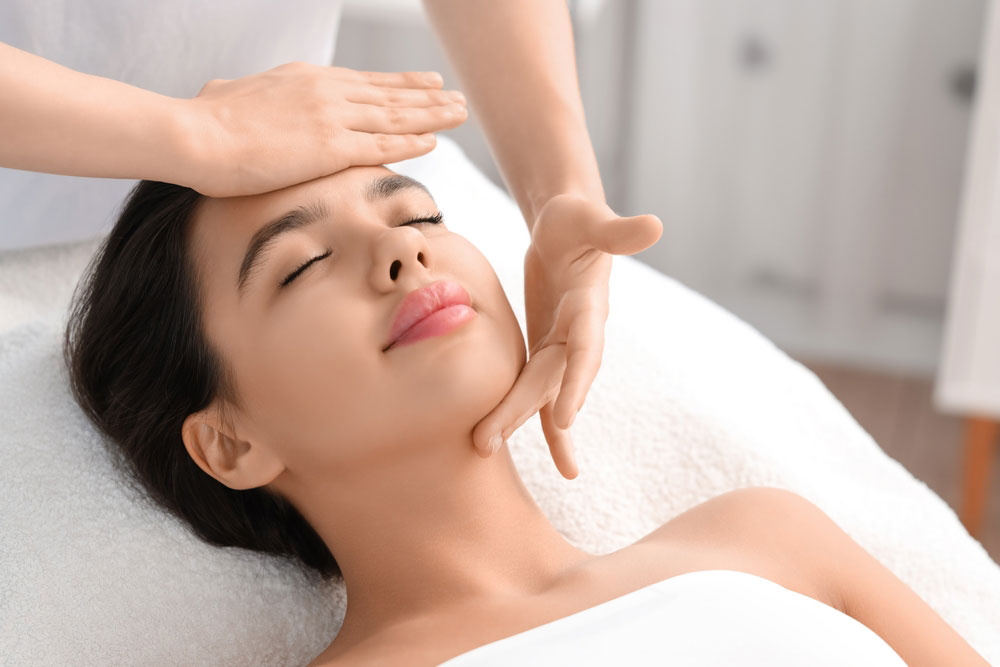Wrinkles, those inevitable signs of aging, can be a source of concern for many individuals. Fortunately, dermatologists have a wealth of knowledge and innovative treatments to help combat wrinkles and restore a more youthful appearance. In this blog, we will delve into the world of wrinkles, exploring their causes, types, and the various dermatological treatments available to address them effectively.
What are Wrinkles?
Wrinkles are creases or lines that form on the skin’s surface over time. They occur due to a combination of factors, including the natural aging process, sun exposure, repetitive facial movements, and a decrease in collagen and elastin production. Wrinkles can appear on various areas of the face and body, such as the forehead, around the eyes (crow’s feet), between the eyebrows (frown lines), and around the mouth (smile lines).
Types of Wrinkles
1. Dynamic Wrinkles
These wrinkles result from repeated facial movements and expressions, such as smiling or frowning. They are most noticeable when the muscles are active but can fade when the face is at rest.
2. Static Wrinkles
Static wrinkles are visible at all times, even when the face is at rest. They are the result of the natural aging process, decreased collagen and elastin production, and long-term sun exposure.
Dermatological Treatments for Wrinkles
1. Topical Treatments
Our providers may prescribe or recommend topical treatments such as retinoids, antioxidants, and alpha-hydroxy acids. These products work to stimulate collagen production, improve skin texture, and reduce the appearance of fine lines and mild wrinkles.
2. Injectable Fillers
Dermal fillers, such as hyaluronic acid-based fillers, can effectively treat wrinkles by restoring lost volume and providing structural support to the skin. Fillers are injected into targeted areas, plumping up the skin and reducing the appearance of wrinkles. Results are immediate and can last several months to over a year.
3. Botulinum Toxin Injections
Botulinum toxin injections, such as Botox, Dysport, and Xeomin, are commonly used to treat dynamic wrinkles caused by facial muscle contractions. These neurotoxins temporarily relax the muscles responsible for wrinkling, smoothing out the overlying skin. Results typically last three to six months.
4. Laser Resurfacing
Laser resurfacing treatments use focused laser energy to remove the outer layer of damaged skin, promoting collagen production and improving skin texture. This procedure targets both superficial and deeper wrinkles, effectively reducing their appearance. Multiple sessions may be necessary for optimal results.
5. Chemical Peels
Chemical peels involve the application of a chemical solution to exfoliate the outer layer of skin. This process encourages new skin cell growth, improves skin tone and texture, and reduces the appearance of wrinkles. Chemical peels can be customized based on the depth of treatment required.
6. Microneedling
Microneedling involves the use of tiny needles to create controlled micro-injuries in the skin. This stimulates collagen production and triggers the skin’s natural healing process. Over time, wrinkles and fine lines diminish, and the skin becomes smoother and more rejuvenated.
Wrinkles may be a natural part of the aging process, but with advancements in dermatological treatments, they are no longer something we have to accept. Dermatologists offer a range of effective treatments, including topical products, injectable fillers, botulinum toxin injections, laser resurfacing, chemical peels, and microneedling, to help patients reduce the appearance of wrinkles and achieve a more youthful, rejuvenated complexion. By consulting with a dermatologist, you can explore the best treatment options tailored to your specific needs, helping you regain confidence and embrace a more youthful appearance.







